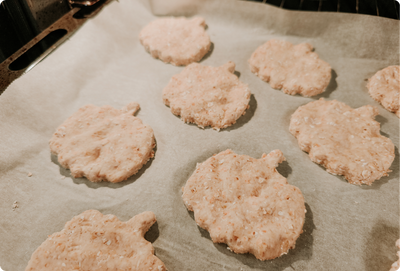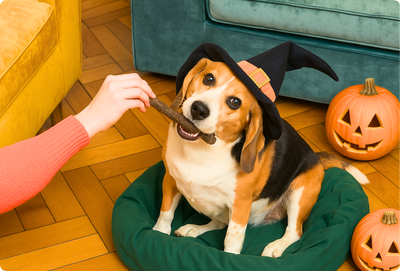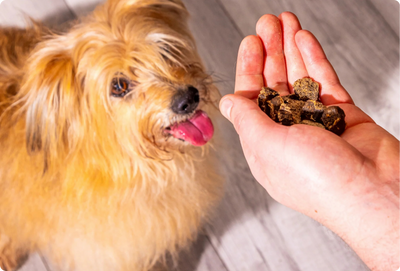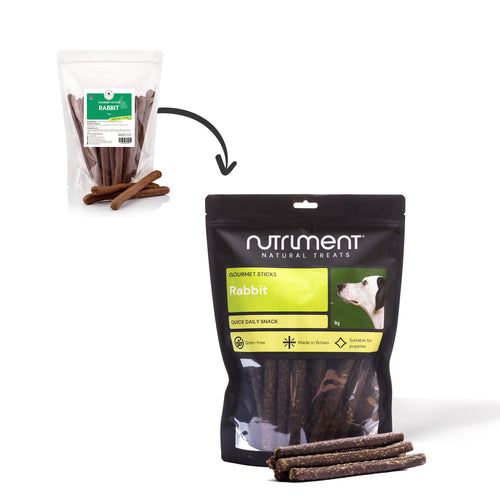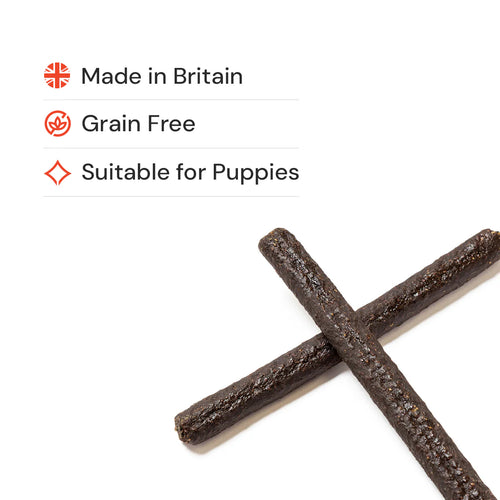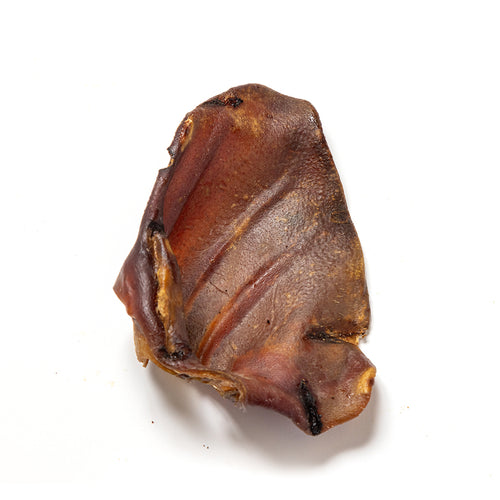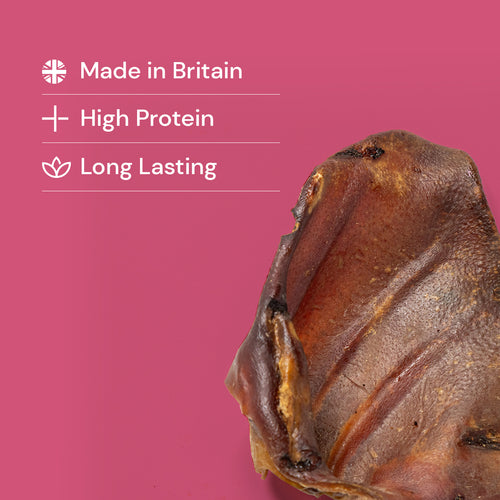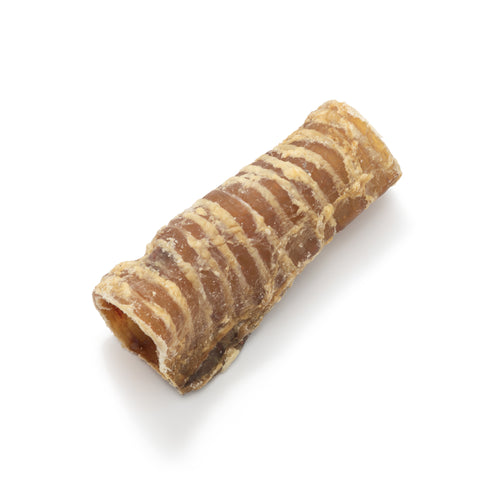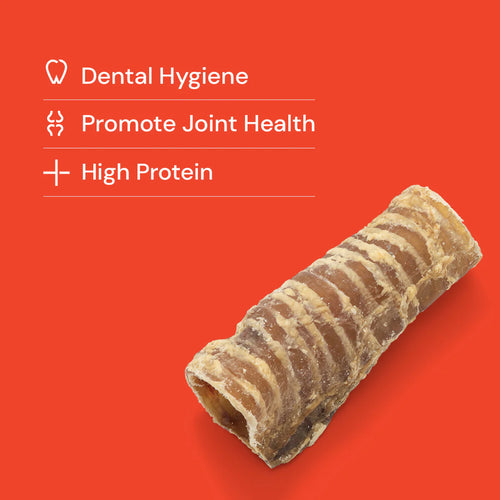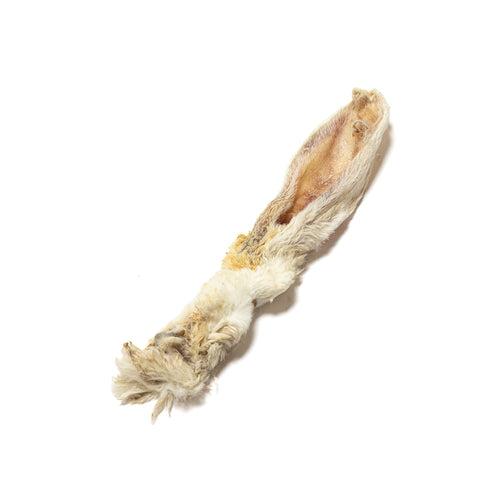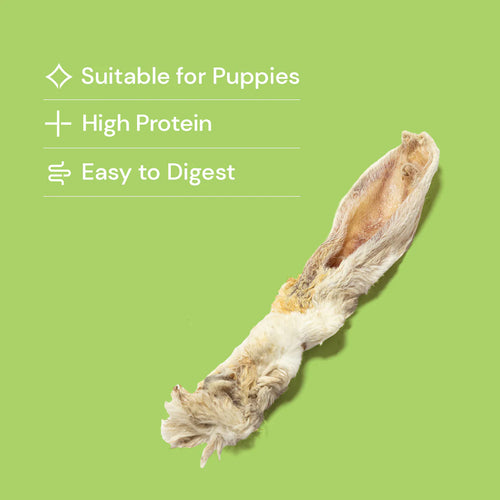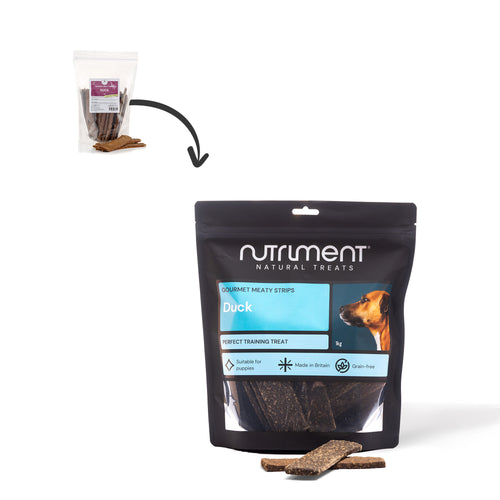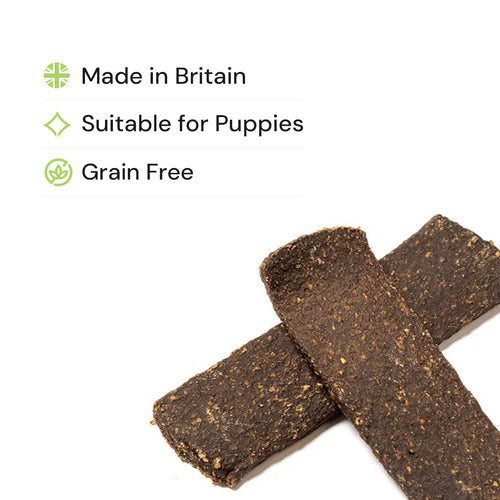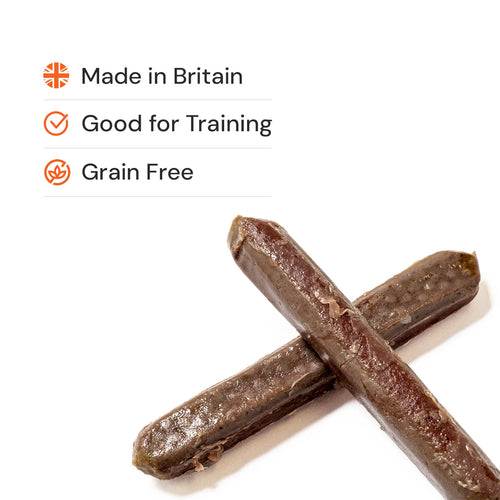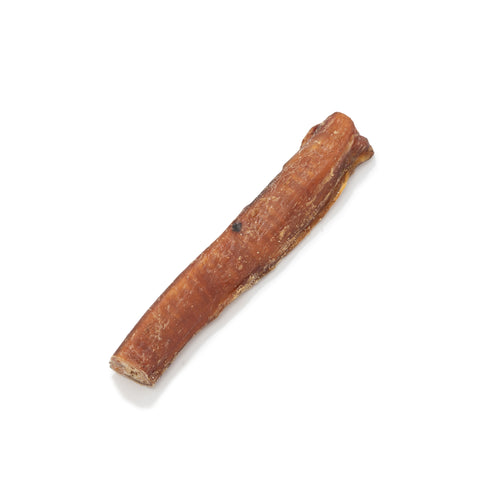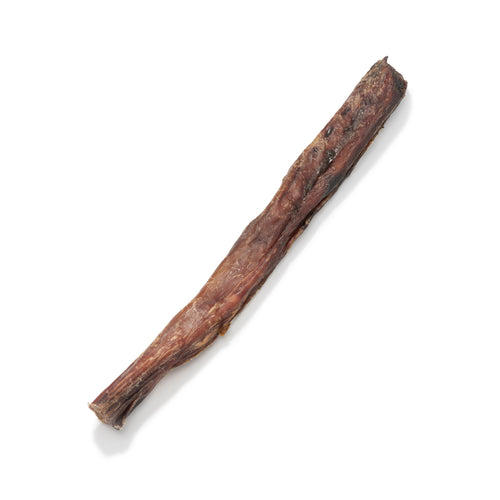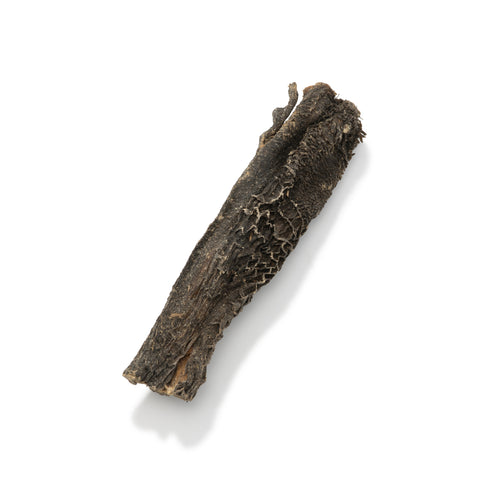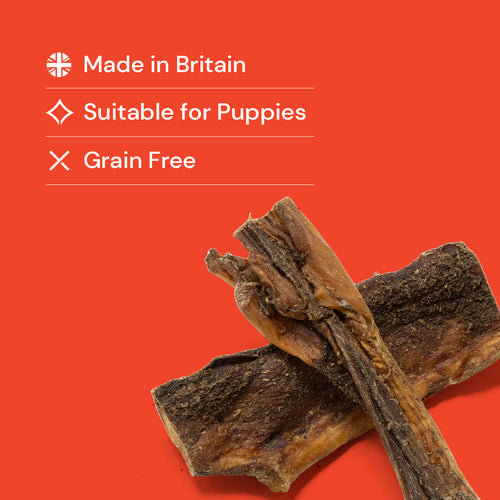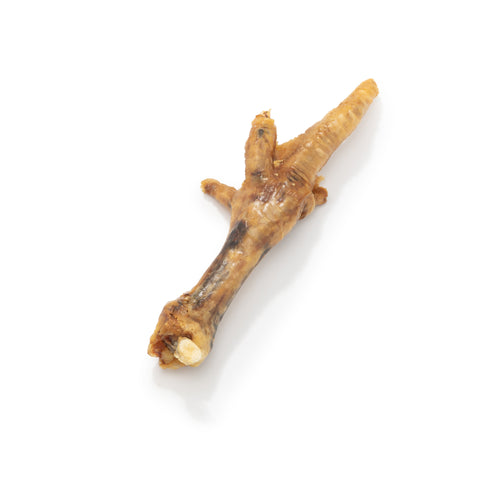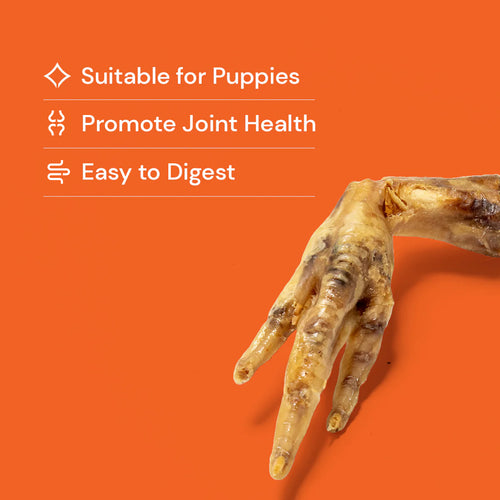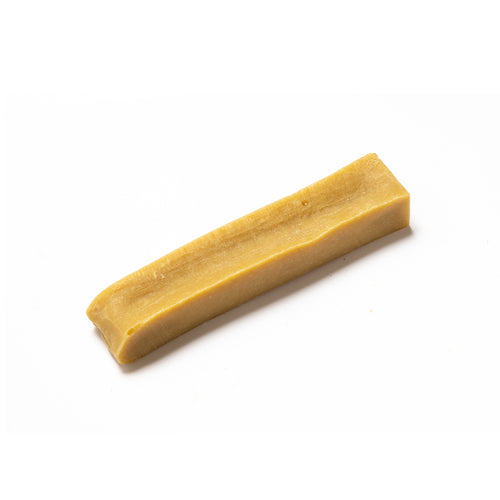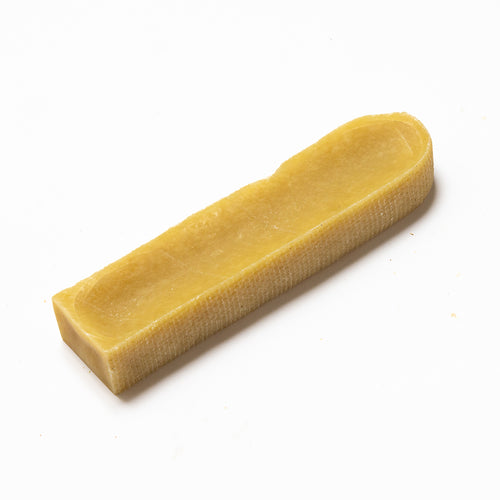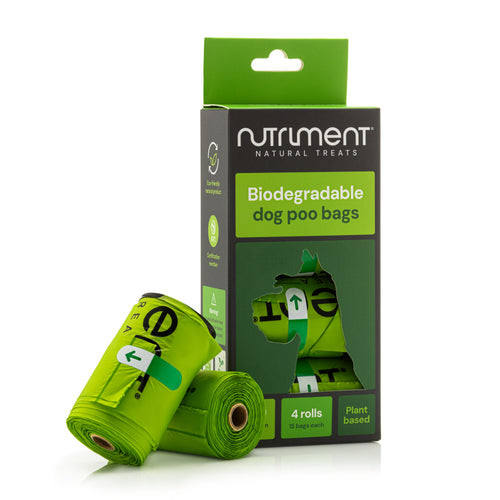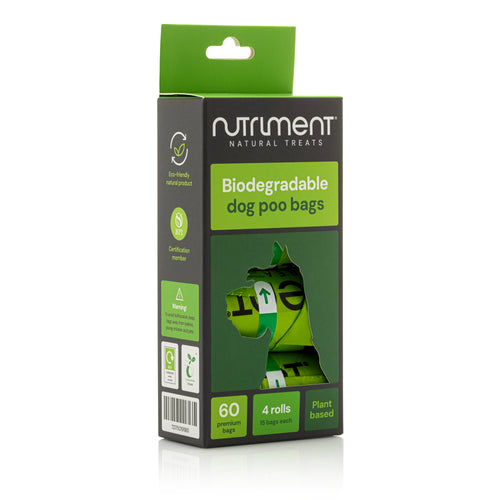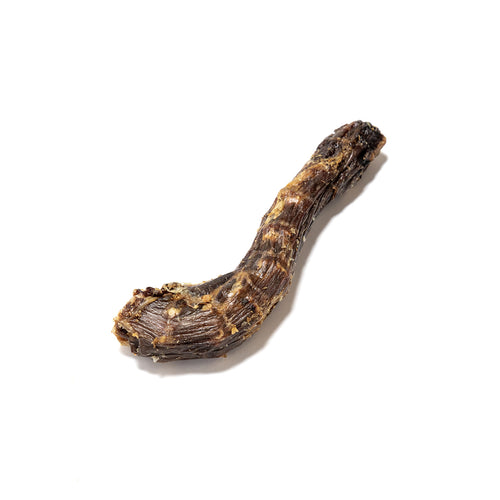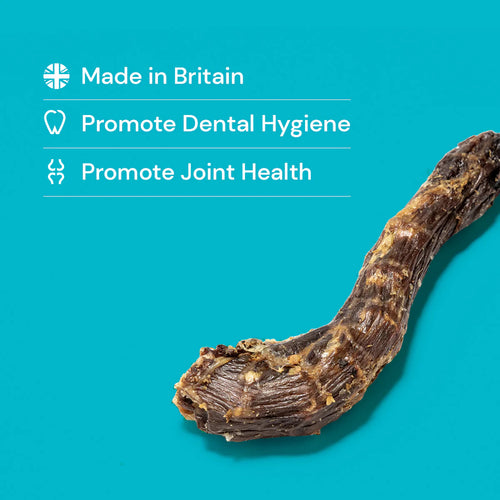
(Written by Georgia Hatton)
Toy Spaniels have been popular, especially with royalty, since at least the Tudor era. Although primarily bred to be ladies lap dogs, they had to be fit enough to keep up with the horses when out hunting, and able to function as a working gundog. In an era when Royal Children lived an isolated life, Queen Victoria’s childhood companion was a little tri-colour called Dash. It was under the reign of King Charles I that they were actually given the name King Charles Spaniels.
After his son, King Charles II, died, a fascination with the flatter faced breeds from the Asian continent began, and these spaniels were bred to have a flatter face and a more domed skull - they kept the name of King Charles Spaniel.

Although more similar in appearance to the original King Charles Spaniel, the Cavalier wasn’t developed until the turn of the 20th Century. Roswell Elridge, championed the original, long legged toy spaniel, by offering prizes at Crufts for “Blenheim Spaniels of the old type: long face, no stop, flat skull not inclined to be domed, with spot in centre of skull”. This describes what we now know as the 'Cavalier King Charles Spaniel' and differentiates from the King Charles Spaniel type which had become more prominent. Although he died before the breed was finalised - this didn’t occur until 1945 when the Kennel Club granted separate classification to the two varieties - the cavalier went on to become hugely successful! In 2021 they ranked 15th in the number of puppies registered with the Kennel Club.

They are one of the smallest spaniel varieties - standing generally no taller than around 30cm, and weighing up to 7kg.
There are four recognised colours of cavalier - Ruby, Blenheim, Black and Tan and Tricolour. A small marking, known as the lozenge spot, on the head of the Blenheim is highly prized! The story behind it is that the Duchess of Marlborough had a much-loved Cavalier who kept her company whilst her husband was away at war. At times when she was feeling anxious, she would press her thumb on her dog's head. When the bitch produced a litter of puppies, the head of each was marked with her thumbprint! The coat is silky, wavy and of medium length, but they do shed, so aren’t a suitable breed for allergy sufferers.

In general, cavaliers are a sweet, affectionate breed, willing to please their owners - an all round great choice for first time dog owners! These intelligent, playful, happy little dogs are great with children (although you should never leave a dog and a child unsupervised together!). Like many toy breeds, they have a history of being lap dogs and will enjoy cuddling up with you. But it shouldn’t be forgotten that they are still a spaniel - and are equally well suited to an active lifestyle!

Unfortunately, cavaliers can suffer from a number of health problems.
- Mitral Valve Disease (MVD) is a condition that leads to the degeneration of the valves in the heart - and eventual heart disease. In humans, this would be treated with a valve replacement surgery - unfortunately this isn’t an option available to dogs, and treatment relies on minimising symptoms.
- Syringomyelia (SM) (Sometimes called neck scratchers disease) initially presents itself as mild scratching at the neck, especially when excited or on a collar. Fluid cavities develop in the neck around the spinal cord when excess cerebrospinal fluid is forced out of the skull. It can be very painful - like a permanent headache.
- A Chiari-Like Malformation of the skull is often the cause. The joint between the skull and neck, where the spinal cord joins the brain, is malformed, as a result of the skull being too small. Some dogs are symptom free, but for many others it is a painful, debilitating condition - that can only be managed, not resolved.
- Curly Coat/Dry Eye affects the skin and the eyes. The dog is unable to produce tears, making their eyes very sore and sensitive to light. The skin becomes very dry, especially around the paws, making standing and walking difficult.
Additionally, thorough eye examinations should be done, plus patella and hip scoring.
This seems like an extensive list - and it is - but it is essential that the proper health tests are carried out to ensure your new companion is as healthy as possible. The best breeders will do these tests and whilst that may mean you are on a waiting list for your new puppy, it is the best option to ensure the future health of the breed. Unfortunately, due to the prevalence of health problems above - all of which can be screened for, and are preventable - Norway has banned the breeding of Cavaliers.
A great page to start your research is the Facebook Group 'Cavalier Health Purchaser Education & Breeder Directory'.

78% of vets have reported an increase in the number of overweight pets they are seeing in the last 3 years. Weight has a big impact on your pets health - being overweight can reduce their lifespan by up to two years - and can exacerbate symptoms of many different diseases. Over 50% of cavaliers will have some degree of MVD by the age of 5, with this likelihood increasing as they age. Being overweight increases the burden on the heart to pump blood effectively, and can cause the condition to get worse, faster. Additionally, they are considered to be a brachycephalic (short nose) breed - and whilst not as extreme as a pug or french bulldog for example - can still suffer from Brachycephalic Obstructive Airway Syndrome (BOAS). Keeping your cavaliers weight in the ideal range is essential for keeping symptoms controlled and allowing them to have a good quality of life. Weigh them regularly, and contact your vet for advice if you have any concerns.

Cavaliers are one of the most popular breeds of dog - and for good reason! They are gentle, good natured and intelligent, just as happy cuddling up on the sofa as they are zooming around - all in all the perfect companion for most households.





